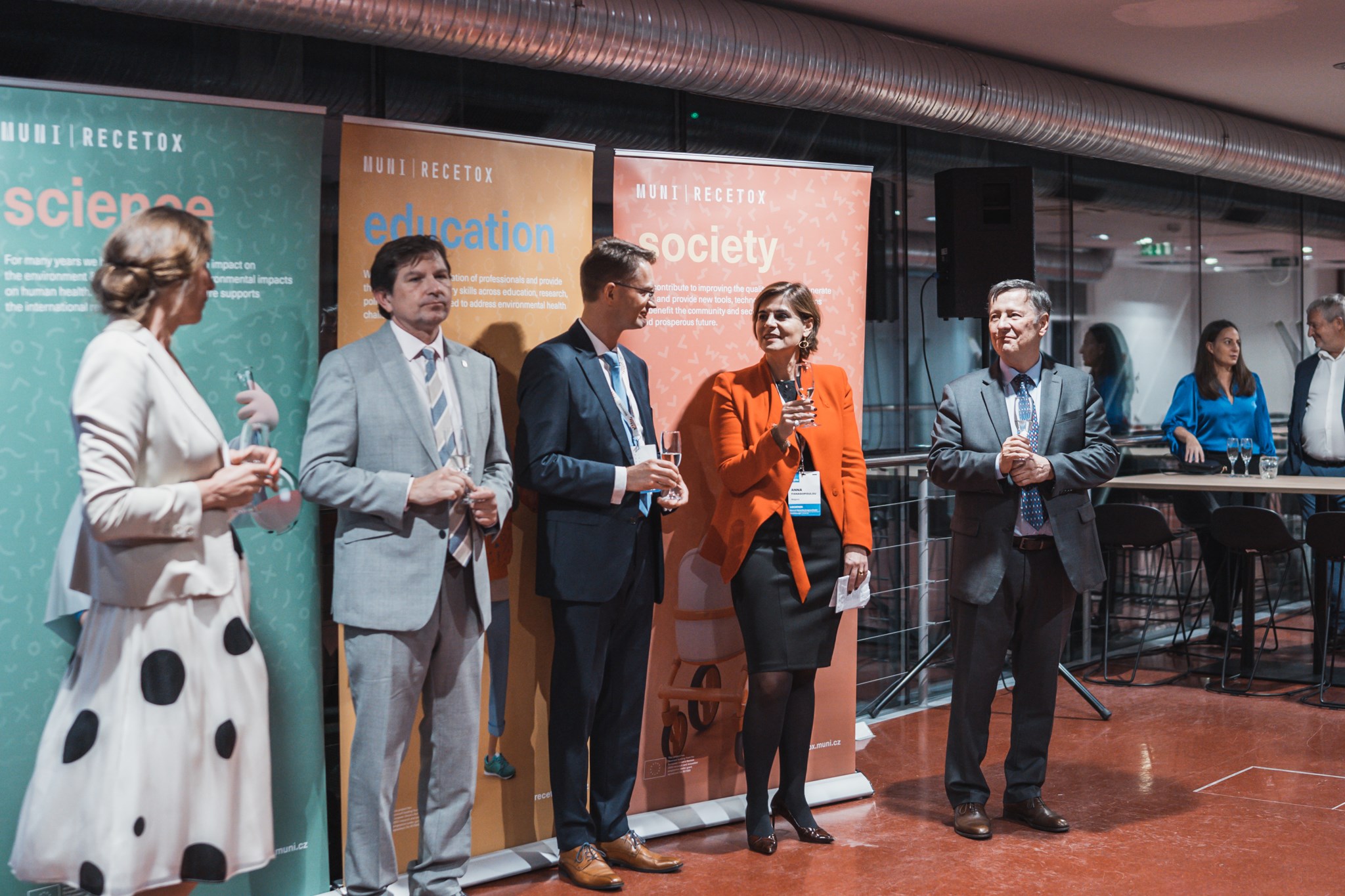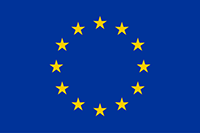I am looking for information as
Researcher

Industry

Patient

CELSPAC opening highlights biobanking’s importance for European climate policy
The recent opening of the CELSPAC Biobank at RECETOX, Masaryk University in Brno, Czech Republic, offered a 360 degree understanding of how the evolving Horizon 2020 programme, with a focus on biobanking, is being realised on the ground.
Climate emergency policy
In the face of the growing climate emergency, the European Commission’s Horizon 2020 strategy is increasingly focusing also on this aspect. One of Research and Innovation’s key priorities is to grow “knowledge and solutions from research and innovation will help restore ecosystems, give space to nature and radically transform how we do things” (EC R&I Strategy).
Currently, 35% of Horizon Europe funding is dedicated to climate action with €22.8bn going to fund green partnerships between the Commission, public and private partners. But what does this mean in practice and what relevance does it have for a biobank?
Realising policy via biobanks
The CELSPAC biobank has been built in cooperation with the BBMRI-ERIC Czech national node, the Medical University of Graz and the BBMRI-ERIC Headquarters to ensure future compatibility but also the ability of stakeholders to react to these shifting priorities.
This biobank already has a rich history of collecting population cohorts as part of its CELSPAC population studies which tracks local communities from birth – including environmental factors. It offers a glimpse of how biobanking will play a crucial role in understanding the impact of the changing climate on human health and inform corresponding treatments.
The opening event of the biobank brought together Anna Panagopoulou, Director of European Research Area & Innovation, European Commission, Prof. Jens K. Habermann, BBMRI-ERIC Director General and Prof. Jana Klánová, RECETOX Director. They discussed the deepening intersection between EU environmental priorities and the role of population based biobanking.
Critical data
Panagopolou was quick to address this link between the biobank and EU climate policy:
“Having such a biobank at European level where you can collect this type of data is very important…We’re all talking about climate change, about the developments towards the green transition and we need to know that the pathway to green transition is not just a policy, it is because we need it.”
“This biobank will provide us the data and the evidence in order to demonstrate that climate change is not just something that happens and has an impact to the city, but it has an impact on our health.”
The CELSPAC biobank is not just technologically advanced. Its position in Brno, Czech Republic and the multi-partner collaboration to support its development demonstrates a shift from traditional centres of EU medical innovation.
Panagopolou emphasised this collaboration across research infrastructures as: “A huge example of also bridging the innovation divide and bringing results that will be of European added value.”
Samples tell a (longitudinal) story
Jana Klánová, as director of RECETOX research centre at the Masaryk University Faculty of Science, is spearheading trans-disciplinary research in the cross-cutting domain of Environmental Health sciences.
The biobank is an open-access infrastructure that collects, processes, stores, and distributes biological samples (e.g., cord blood, blood, milk, urine) derived from population, environmental, bio-monitoring, and clinical studies. The samples are used for basic scientific research and the development of new diagnostic methods. A key focus of the CELSPAC study is to support the research on environmental and population health on the Regional and European scale.
Jens Habermann, BBMRI-ERIC Director General, sees the biobank as occupying in a prime position to meet EU priorities on the dual issues of human and environmental impact precision medicine:
“The unique setting here of this Excellence Centre in Environmental Health Sciences is the combination of different biobanking typing from healthcare integrated or environmental biobanking to population based biobanking.”
“This we need for the future to address the world’s upcoming challenges. Thinking about climate change, environmental impact on health is very much on the forefront to be explored and understood and this is what this centre can really make a difference for all of us.”
Future proofed collaboration
Jana Klánová has also been a key figure in developing EIRENE – an environmental health research infrastructure which was missing on the ESFRI roadmap. It’s here she believes the collaboration with BBMRI and the European Commission that will be particularly useful:
“We are bringing the population cohort which is the desire of BBMRI to include more and more population cohorts, and we have the good partnership with the European Human Exposome Project so we can bring more partners who are active in this part of the research.”
This interdisciplinary and collaborative approach between different biobanks and research infrastructures overall is exactly what the European Commission is hoping to see.






